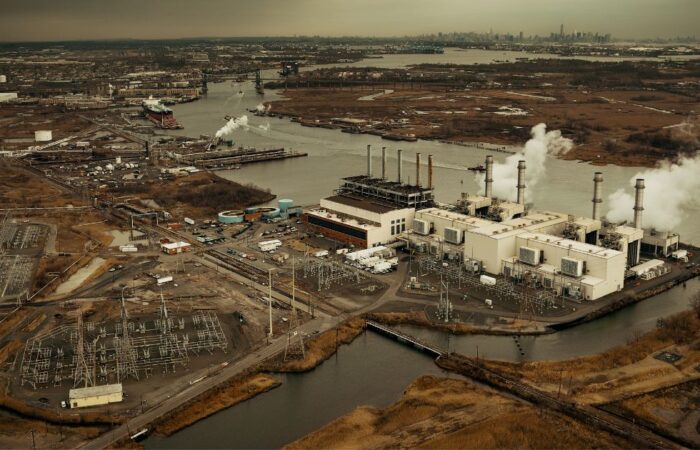Article#: DGC/ART/008
The semiconductor industry demands an unprecedented level of precision, where even microscopic vibrations can impact chip quality. While much of the focus in semiconductor fabrication revolves around cleanroom technology and advanced lithography, structural engineering plays a crucial role in ensuring the integrity of these processes.
The Role of Structural Engineering in Semiconductor Facilities
Structural engineers must consider several factors when designing a semiconductor plant to support ultra-precise fabrication environments:
- Vibration Control – Chip fabrication involves delicate operations like photolithography and etching. Any external vibration—whether from machinery, nearby construction, or even human movement—can disrupt critical processes. Engineers design reinforced floors and vibration-dampening systems to minimize disturbances.
- Load-Bearing and Stability – Semiconductor plants house heavy manufacturing equipment, including wafer processing tools and automated transport systems. Structural engineers ensure that floors and ceilings can support these loads while maintaining stability.
- Thermal Expansion Management – Temperature fluctuations within a plant can cause materials to expand and contract, leading to misalignments. Proper material selection and expansion joints help mitigate these effects.
- Cleanroom Integrity – The cleanroom is the heart of any semiconductor facility. Structural engineering ensures airtight seals, minimizing particle contamination and maintaining strict environmental control.
Design Strategies for Enhanced Precision
- Floating Floor Systems – Many facilities implement floating floor designs, using vibration isolation techniques to prevent disturbances from external factors. These systems often include elastomeric supports or tuned mass dampers.
- Optimized Structural Materials – Low-vibration concrete formulations and precision-engineered steel frameworks enhance the stability of fabrication spaces.
- Seismic-Resistant Design – Semiconductor plants located in seismic zones require specialized foundations and building reinforcements to prevent disruptions during earthquakes.
Conclusion
Structural engineering is more than just the foundation of a semiconductor plant—it dictates the precision and reliability of chip fabrication itself. By incorporating advanced vibration control, material optimization, and cleanroom integrity measures, engineers help create a stable environment where cutting-edge semiconductor technology can thrive.





